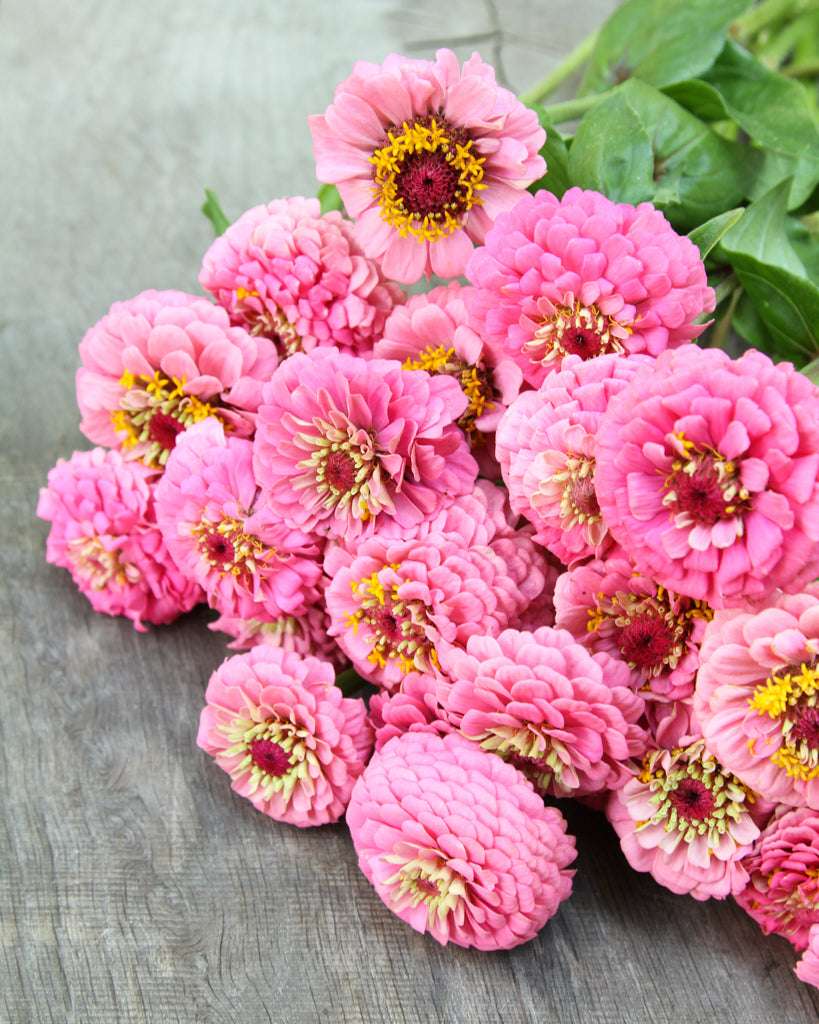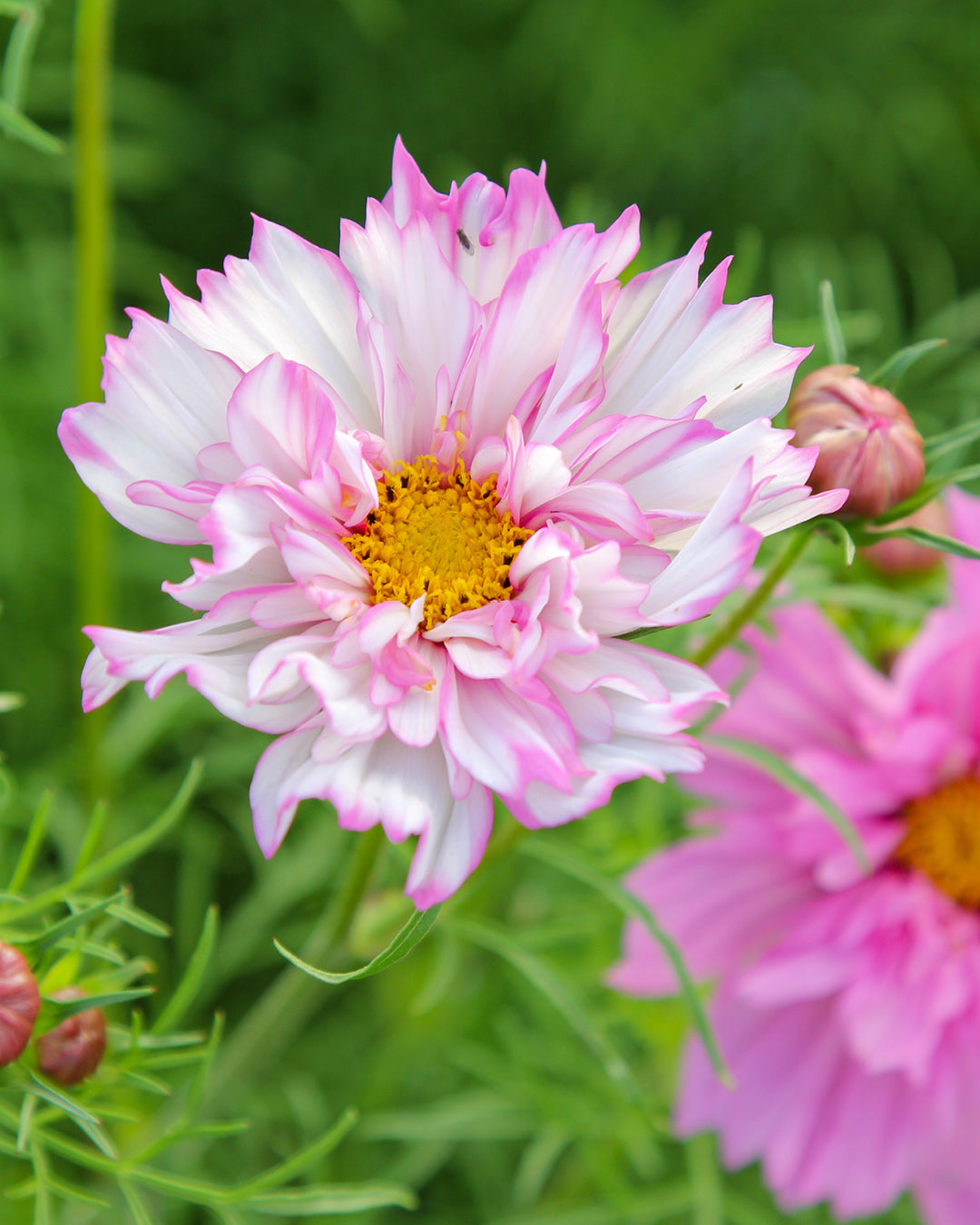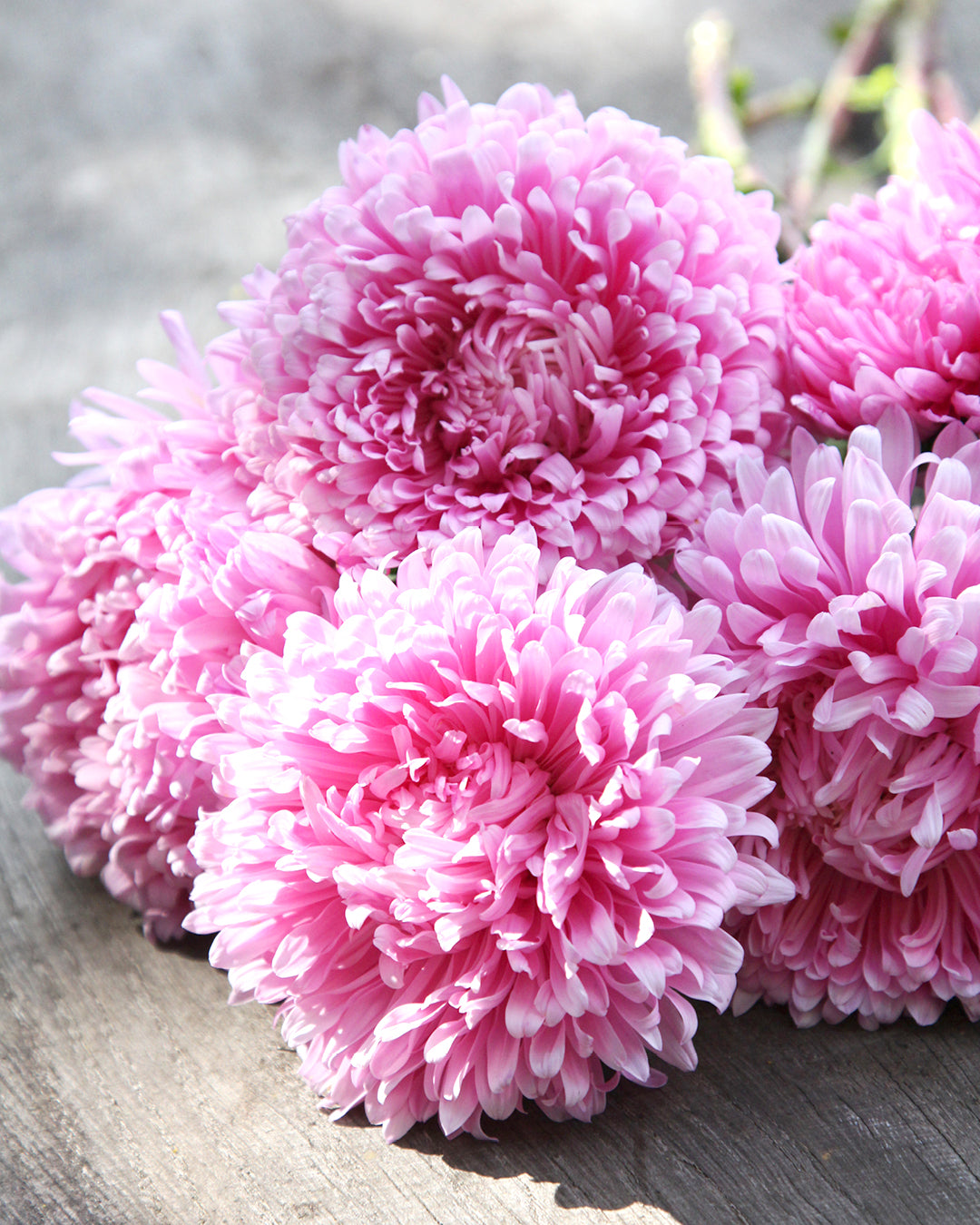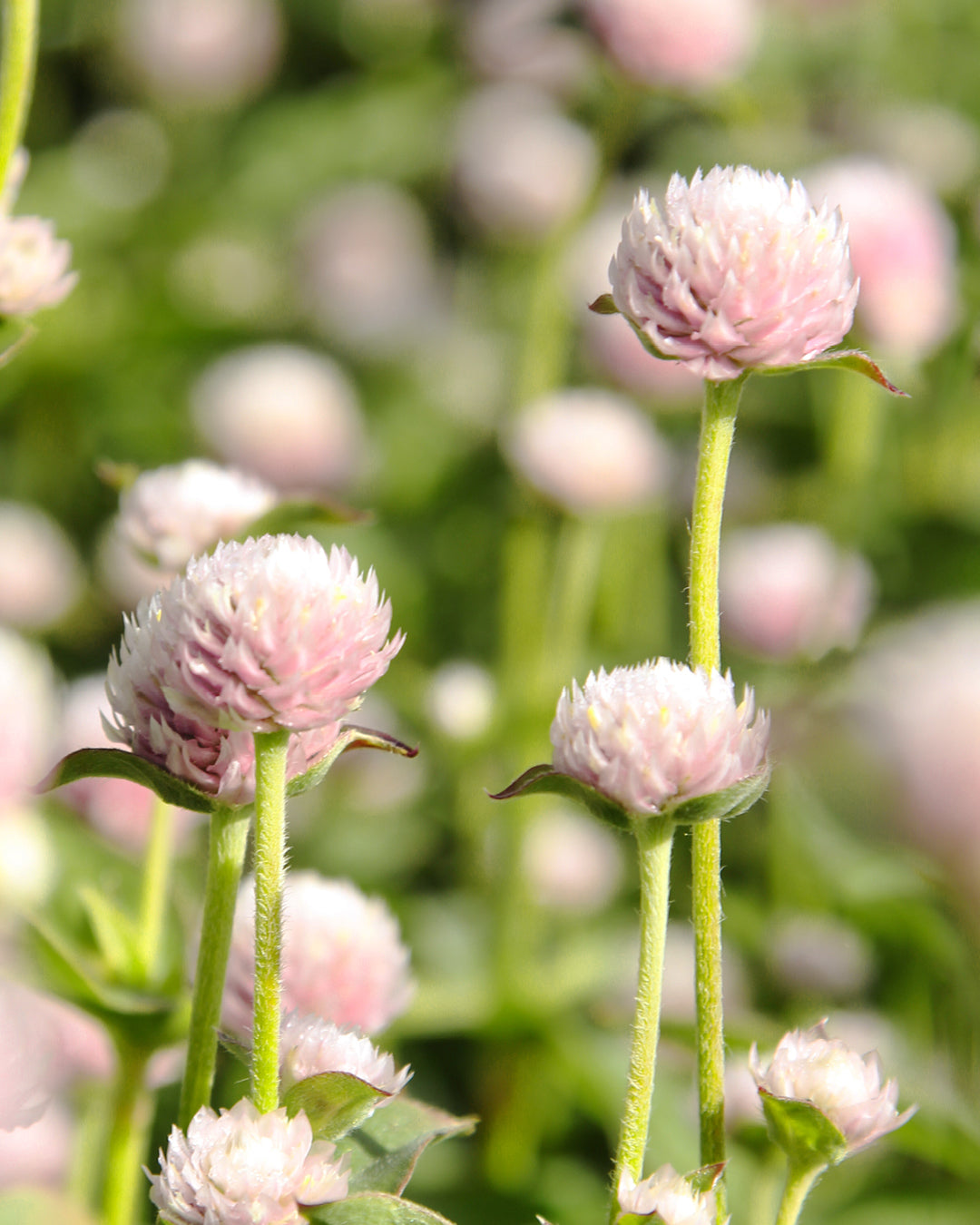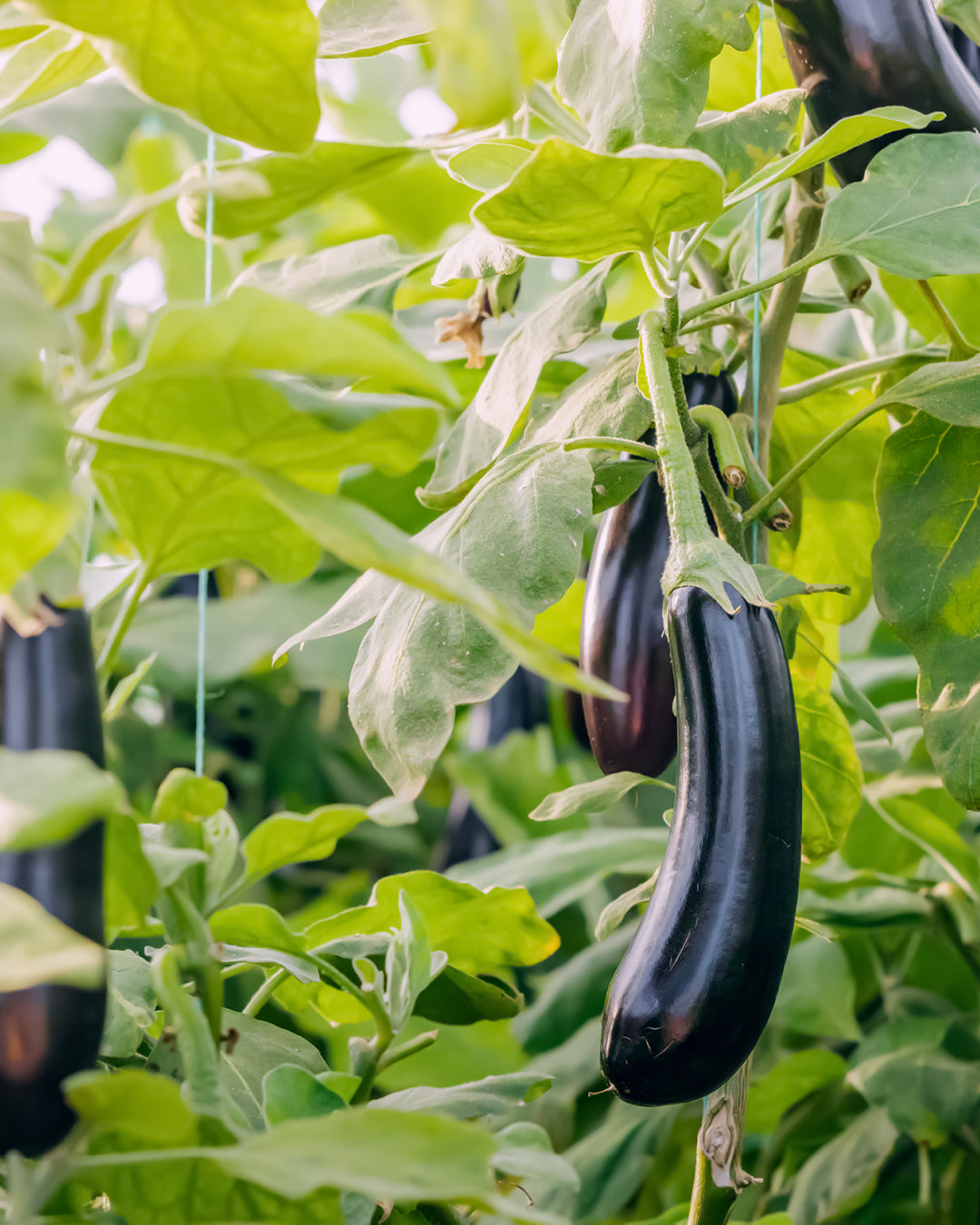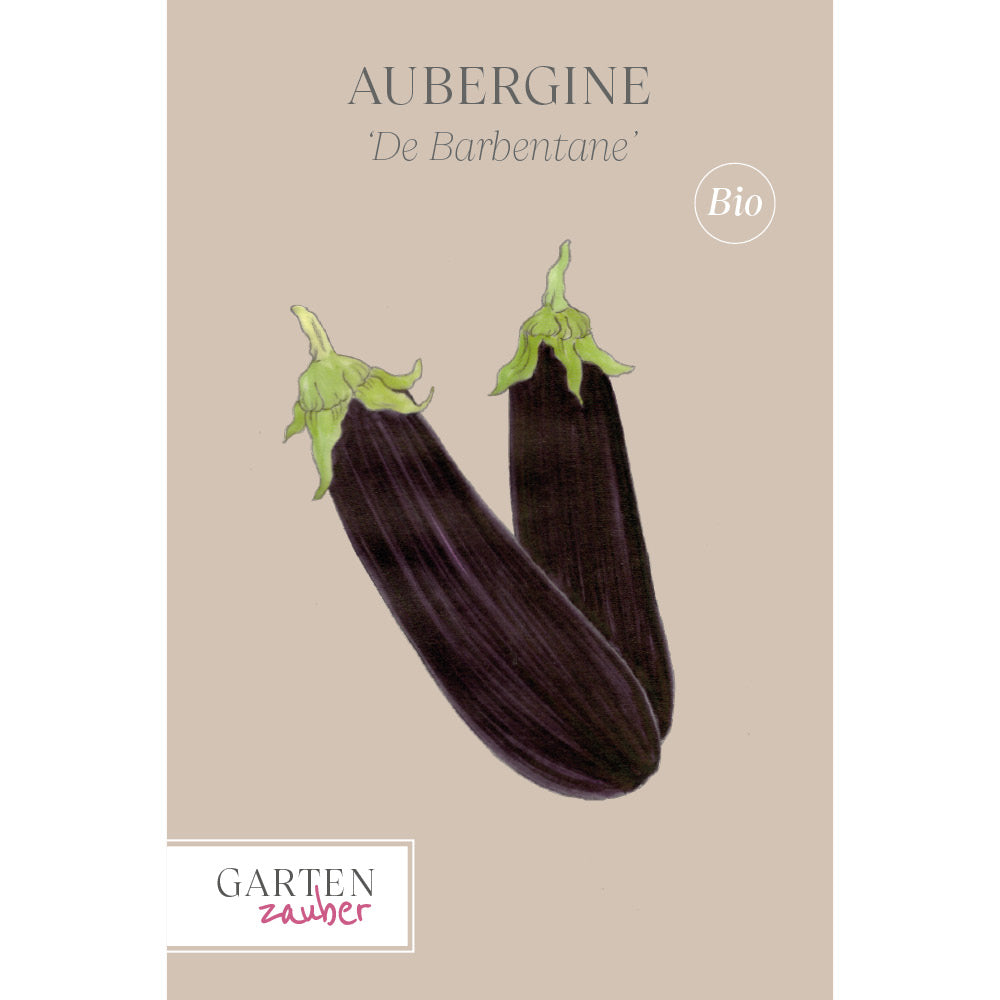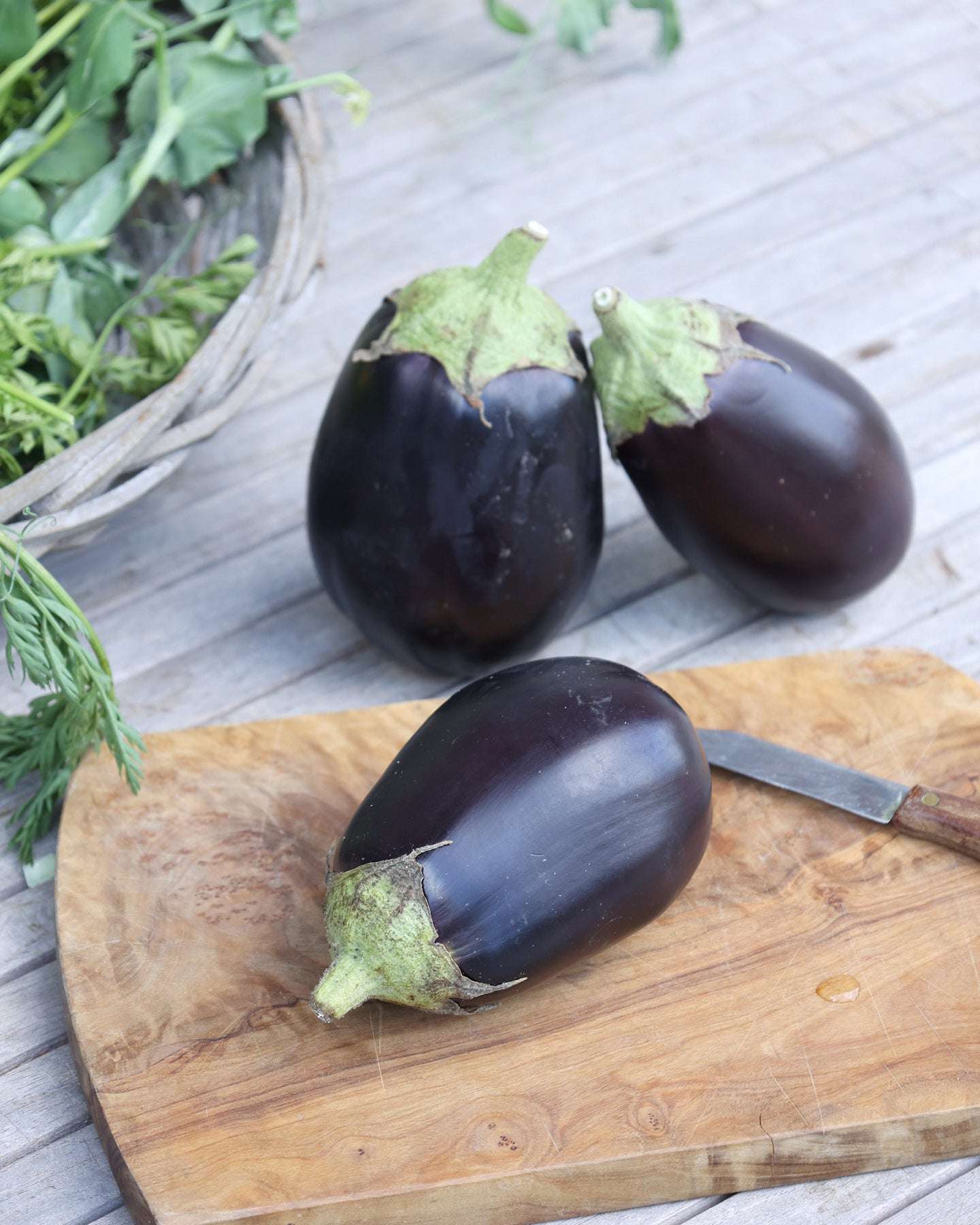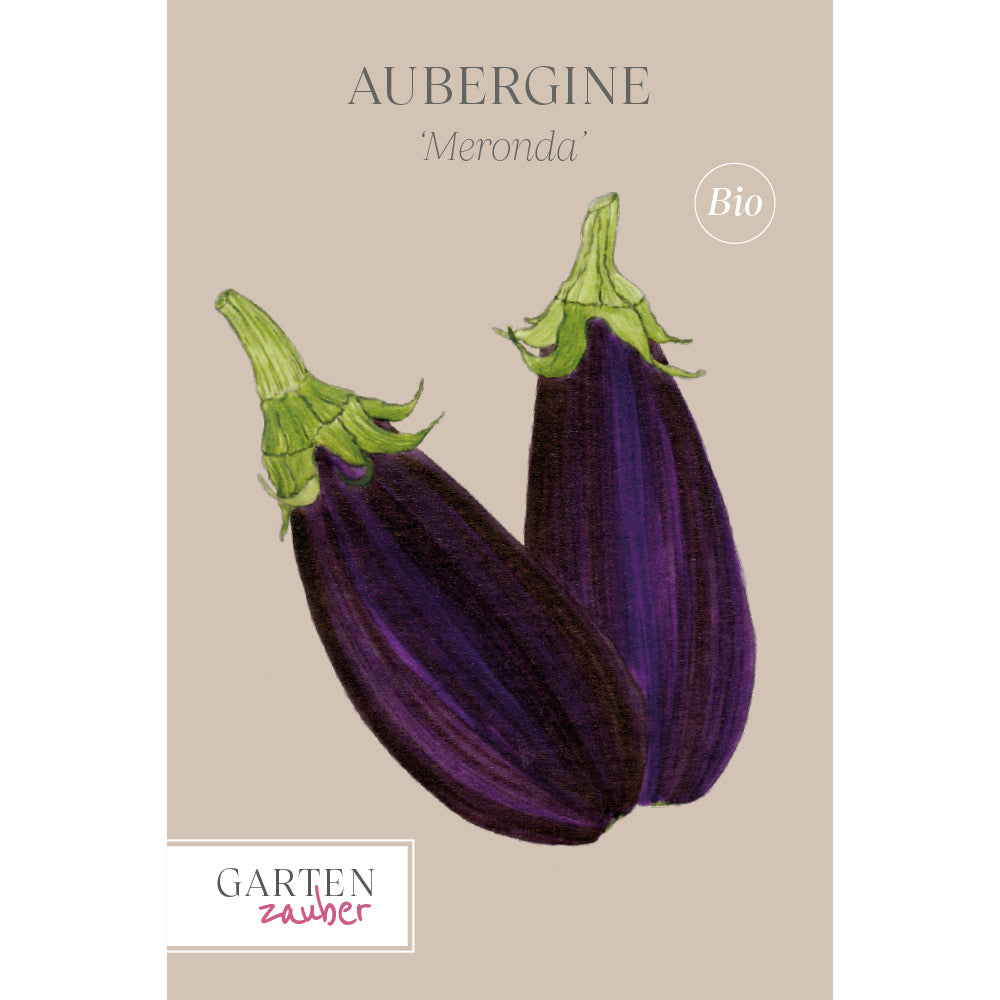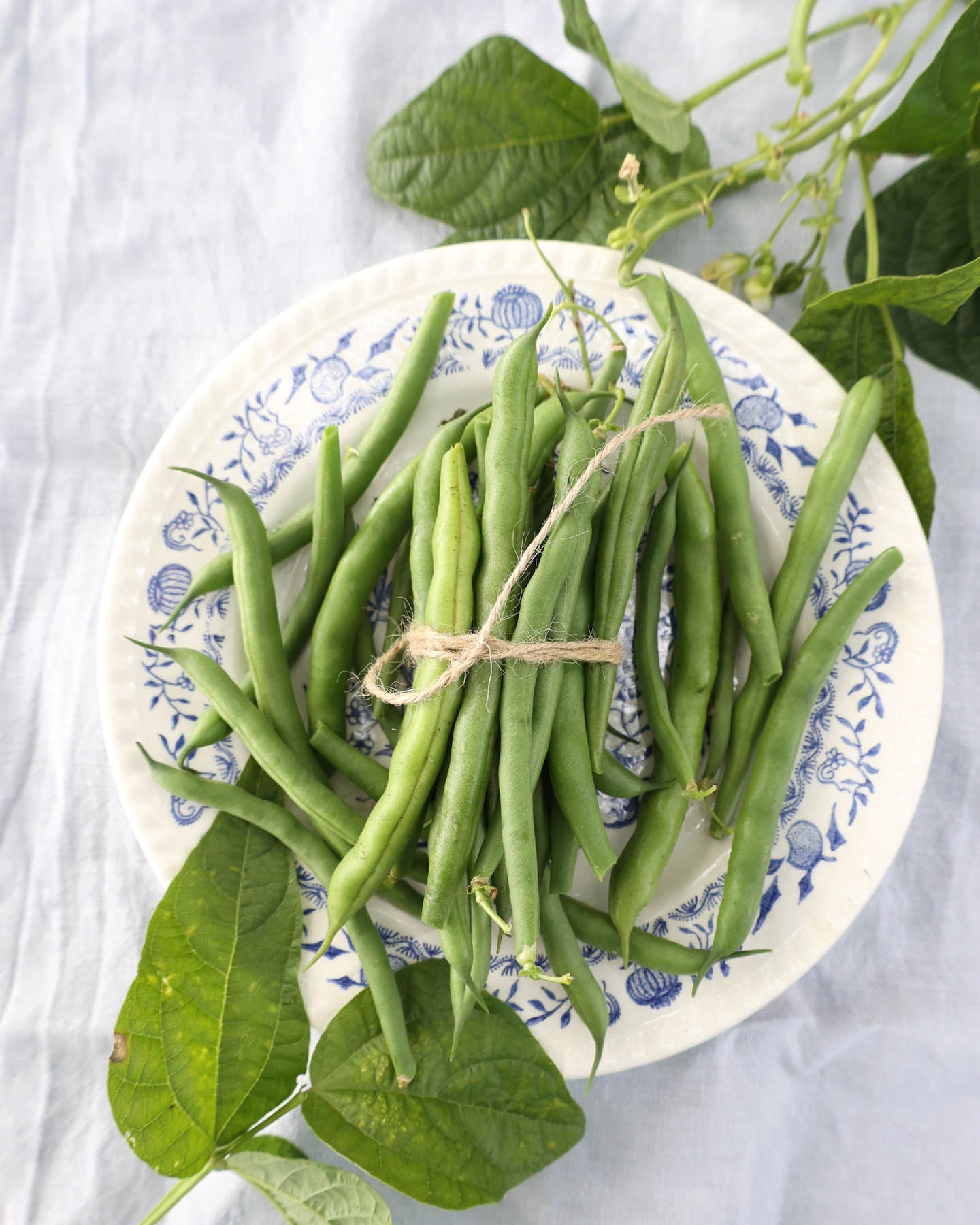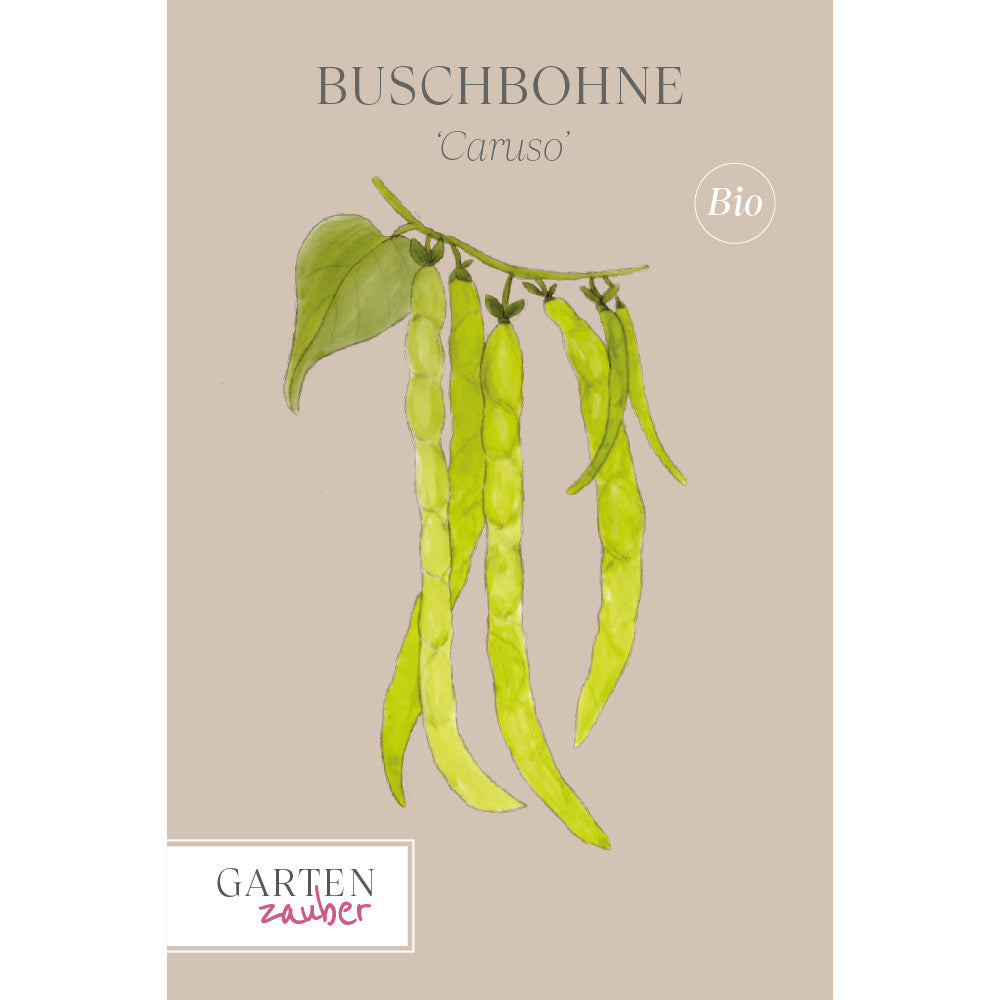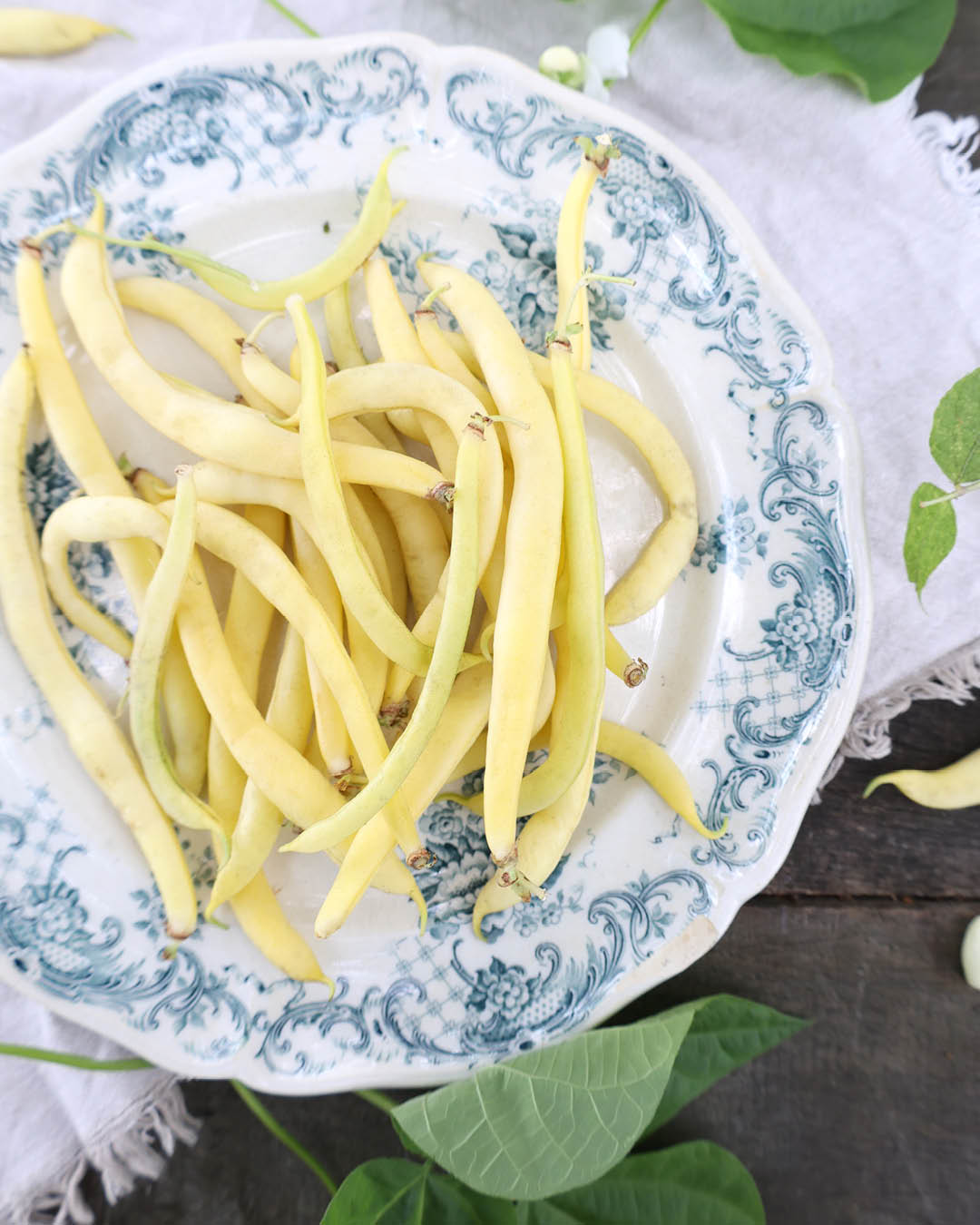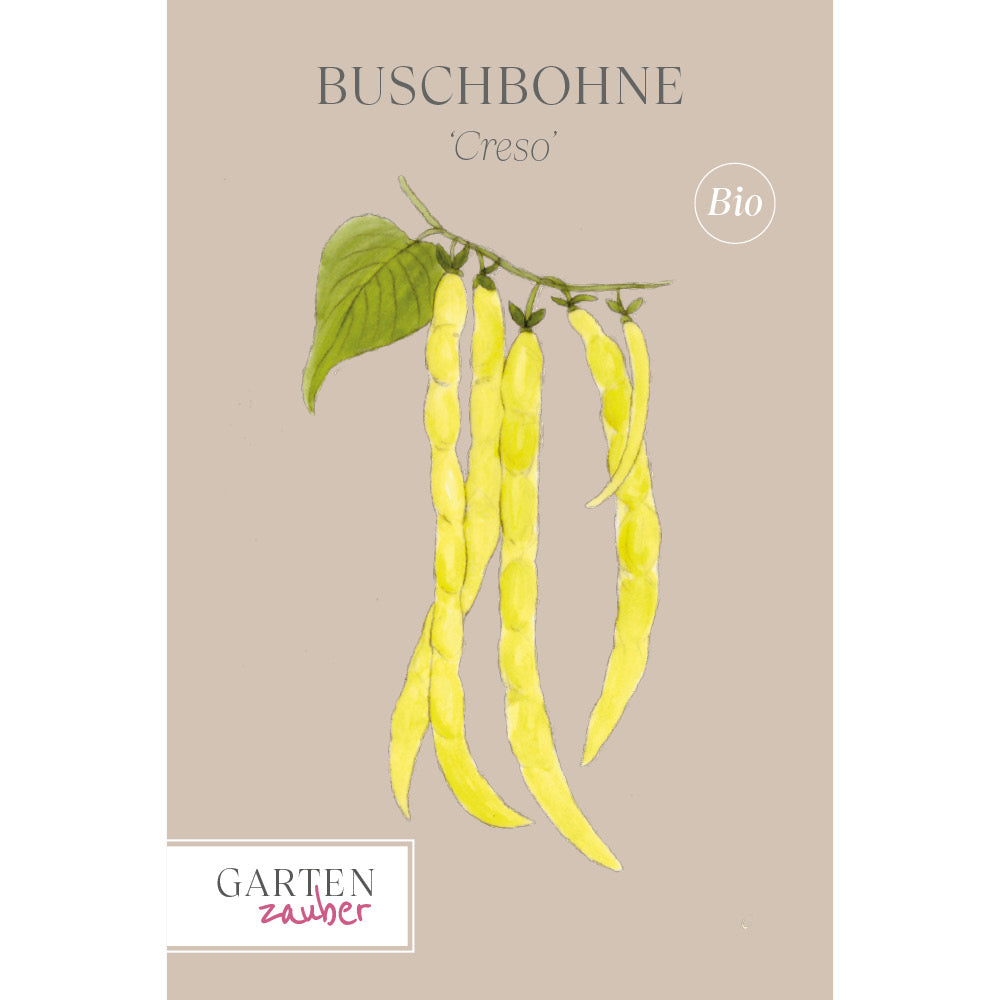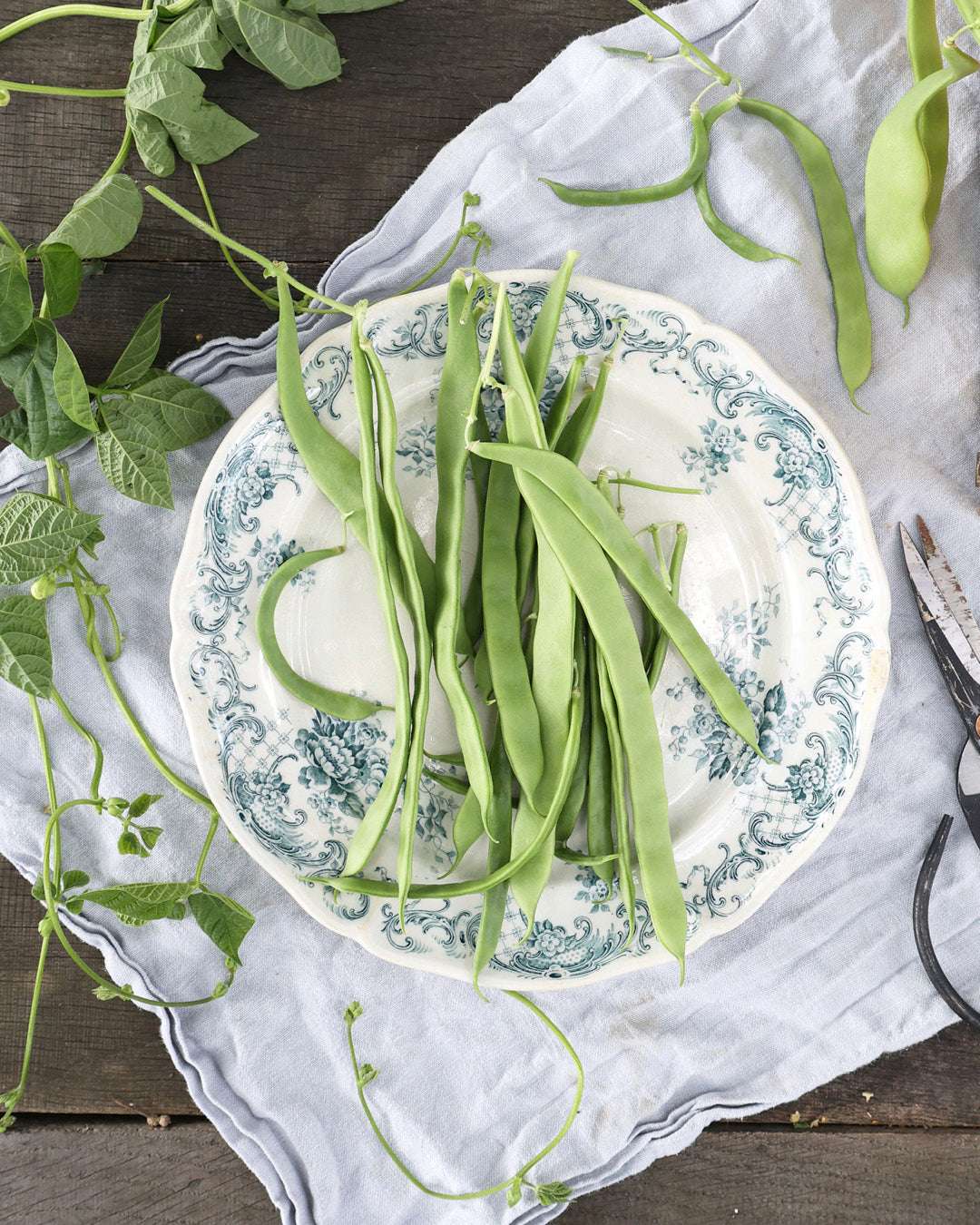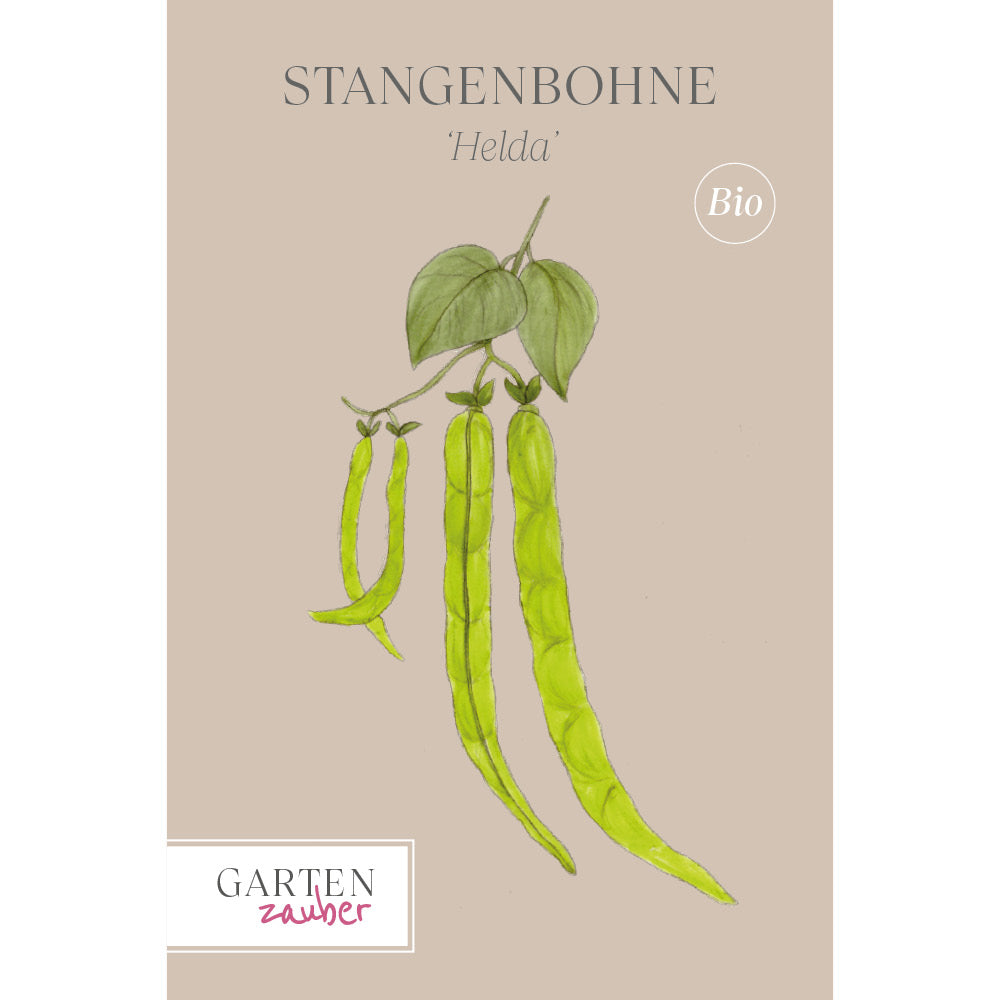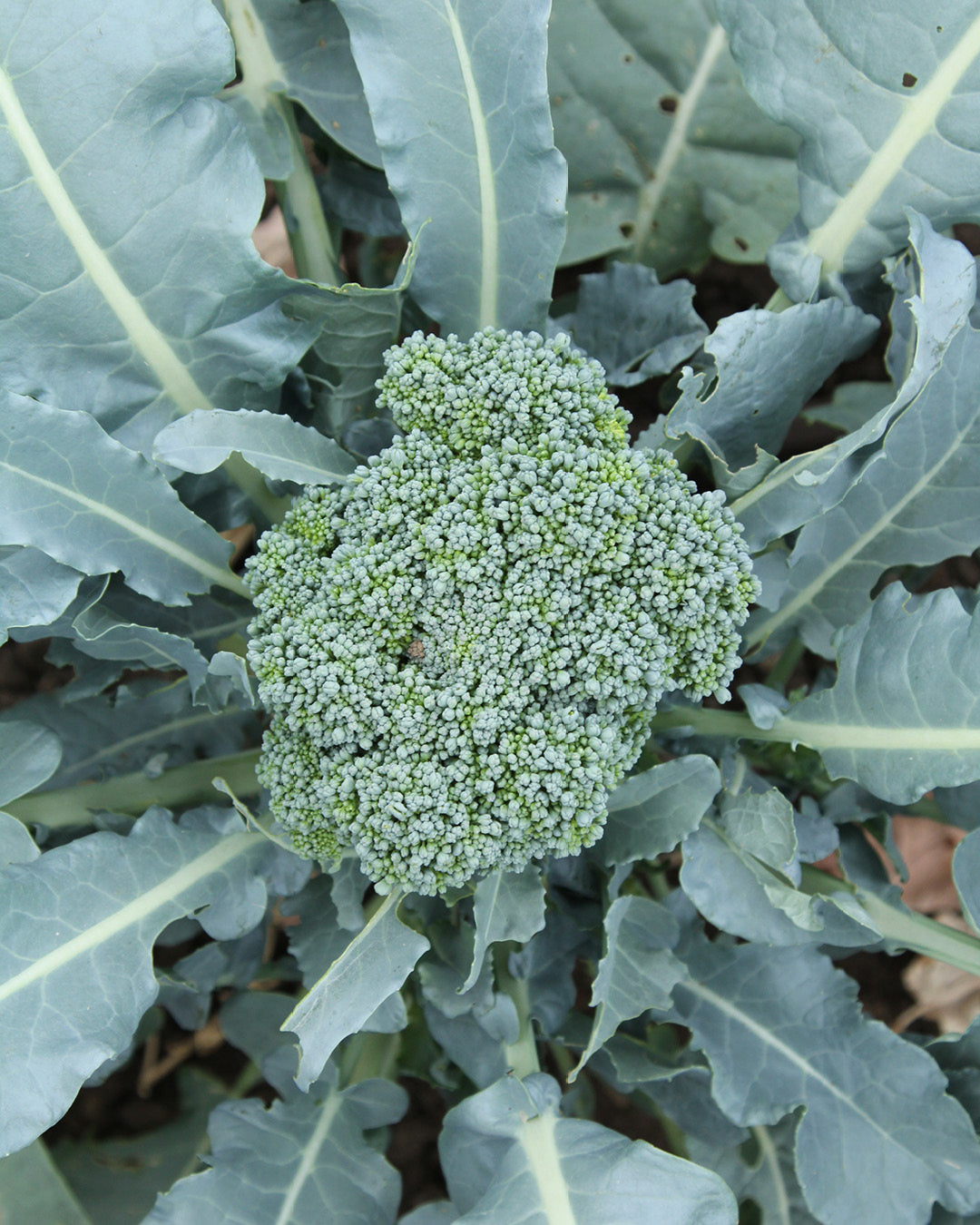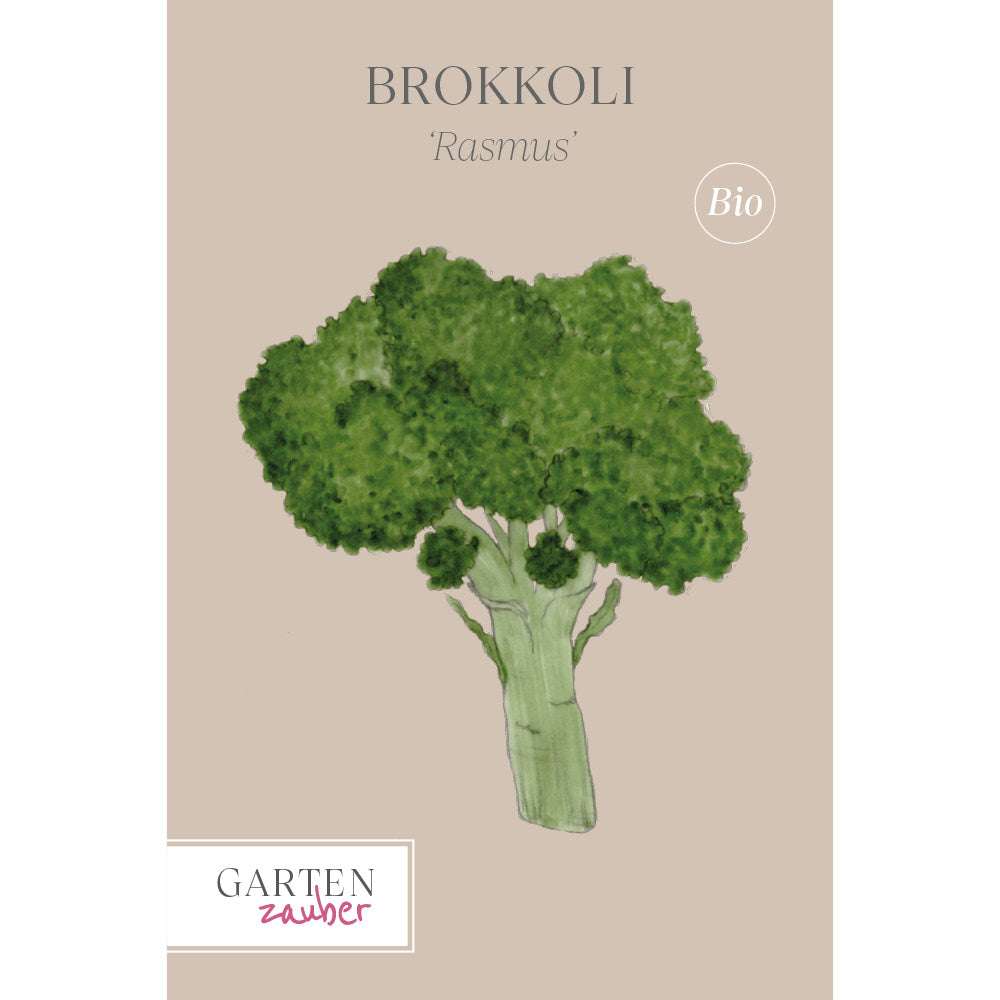Wild bumblebees
Bees are vitally important for plant pollination and have fascinatingly diverse lifestyles. Read here how to identify wild bumblebees and what you can do to help them.
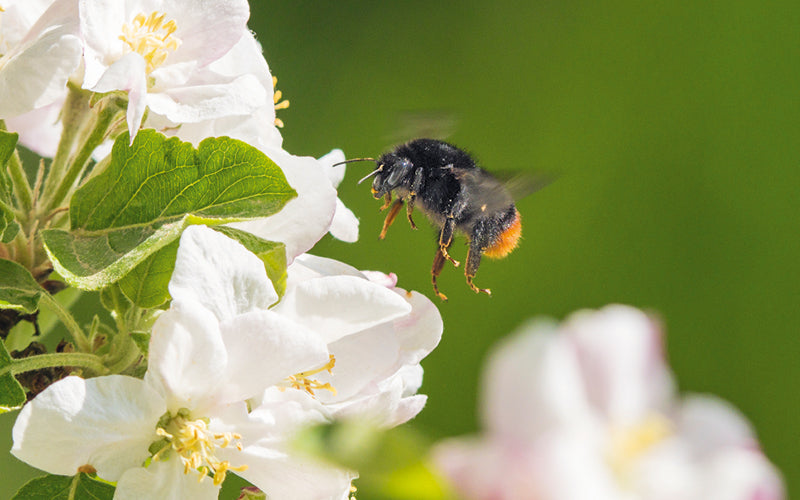
Bumblebees (Bombus)
They belong to the honeybee family and are arguably the best-known wild bees. But few people know that there are over 40 native species.
Bumblebees are well-known and loved for their peaceful nature and their furry, chubby appearance. Many people believe bumblebees can't sting. We know from our own experience that they can sting, which is truly painful. However, they do so very rarely and only if you accidentally step on them or catch them.
There are about 30 social bumblebee species living in Germany. Unlike honeybees, where the entire colony overwinters, only the young queens of bumblebees survive the winter and each establishes a new colony on their own, usually in a cavity in the ground.
Over time, workers hatch and collect nectar and pollen, raise larvae, and care for the colony. In midsummer, new queens and males (drones) finally hatch and mate. In late summer, the bumblebee colony disintegrates, and only the young queens survive the winter.
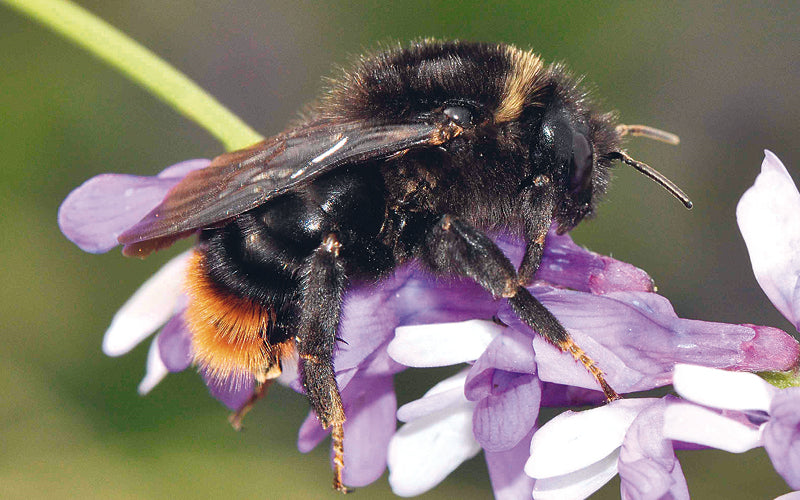
Cuckoo bumblebees
In addition to social bumblebees, we also have nine parasitic species of cuckoo bumblebees that do not build their own nests or establish their own colonies. Instead, they invade existing nests of social species and drive out or kill the queen. Cuckoo bumblebees do not produce workers, only queens and drones. They are cared for by the workers of the displaced queen and raise their own offspring off them.
To determine whether a bumblebee is a social bumblebee or a cuckoo bumblebee, it's worth looking at the hind legs of the female. If you see pollen there, it's a social bumblebee. If there's no pollen, you need to look at the "thigh" of the hind leg to see if it's hairy or bare and shiny. If the leg is completely hairy, it's a cuckoo bumblebee.
Particularly striking is the large red-black cuckoo bumblebee (Bombus rupestris), which stands out due to its dark-colored wings. It therefore resembles carpenter bees, only with a red "bottom."
Natural nesting sites
Social bumblebees usually nest in existing cavities in the ground, for example, in abandoned nests of mice and other rodents. Some also nest above ground in patches of grass and moss. Garden bumblebees or stone bumblebees can sometimes be found in barns or attics. Tree bumblebees build their nests in tree hollows or sometimes in bird nesting boxes.
Bumblebee boxes
You can provide the bumblebees with an artificial bumblebee hive. However, you should be aware that there's no guarantee that a queen bumblebee will move in. If the hive becomes colonized, it must be thoroughly cleaned every year. You should also watch for wax moth infestation.
In addition to commercially available wood-concrete bumblebee boxes, you can also build your own from cardboard or wood. Those who feel confident about keeping bumblebees can find instructions in the recommended books in the information section.
Food plants
Bumblebees are mostly polylectic wild bees, meaning they can use nectar and pollen from many plants. They therefore benefit from a flower-rich garden. One exception is the Alpine Monkshood Bumblebee (Bombus gerstaeckeri). With its very long proboscis, it is perfectly adapted to the poisonous monkshood as its food plant.
Bumblebees help with pollination
Bumblebees are valuable pollinators. They are well adapted to colder conditions because they can actively heat up their flight muscles and are densely hairy. This is why bumblebees pollinate our fruit trees, even in colder weather. They are also important for pollinating tomato plants; they are used commercially for this purpose in greenhouses. As a result, bred bumblebee colonies—along with their pathogens—are sent all over the world. Unfortunately, some of them escape into the wild and compete with native wild bees. Therefore, the trade in bumblebee colonies should not be supported under any circumstances.
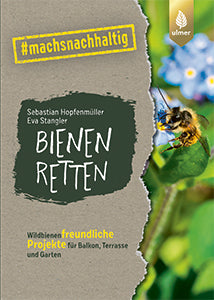
The content of this article is from the book:
Sebastian Hopfenmüller, Eva Stangler
Save bees
Wild bee-friendly projects for balconies, terraces, and gardens. #makesustainable
Price 14,00 €
ISBN 978-3-8186-1227-6
Ulmer Verlag 2021
Save the bees: Our experts will show you the RIGHT path to a bee-friendly garden: Learn about wild bees and their habitats, and ensure abundant bee food with the right plants. With well-designed nesting aids, you can successfully attract a wide variety of wild bees.

